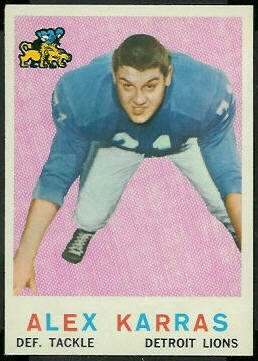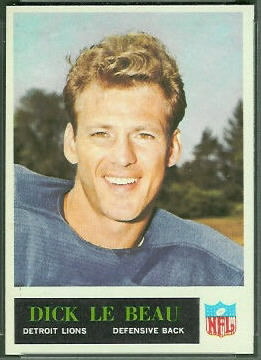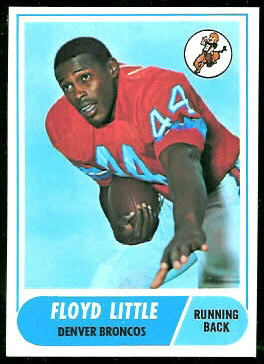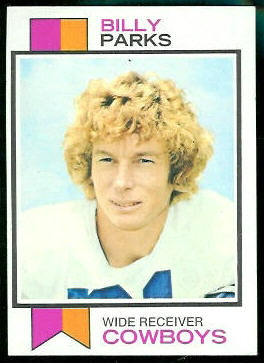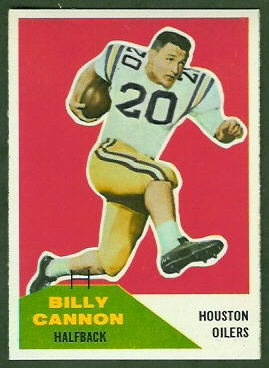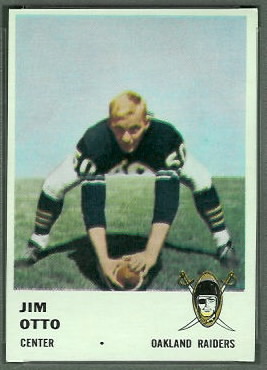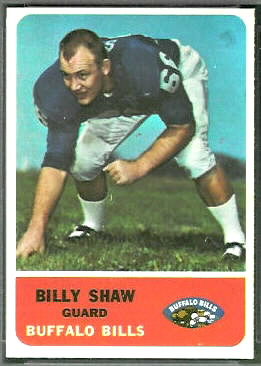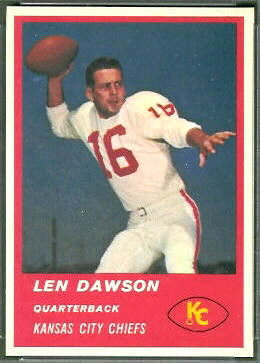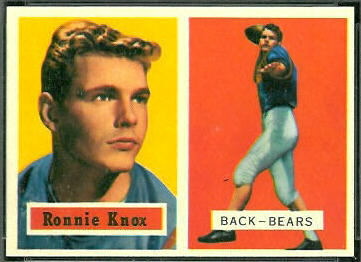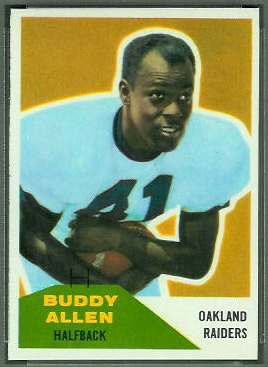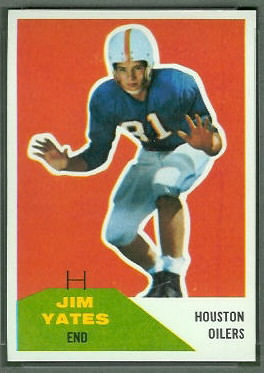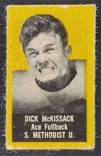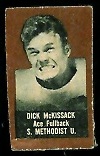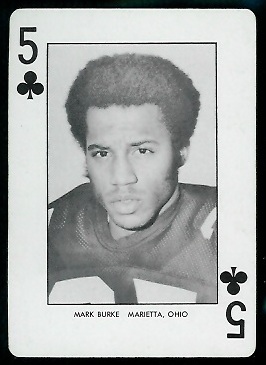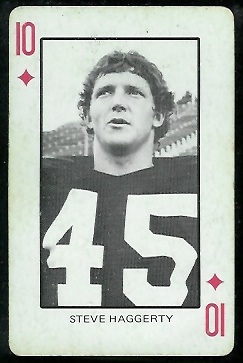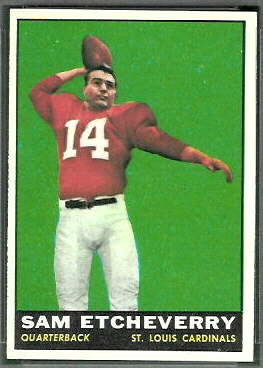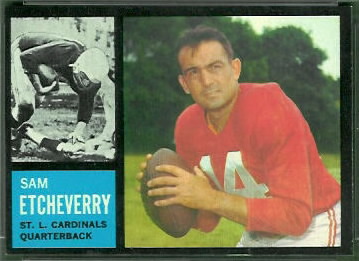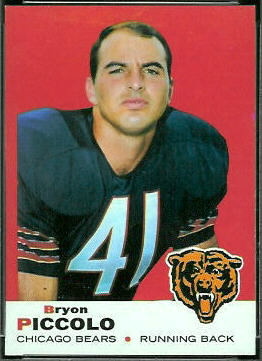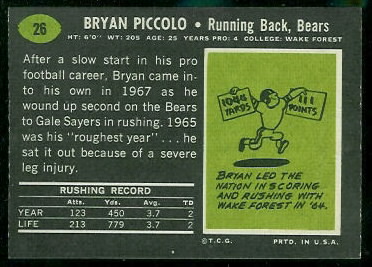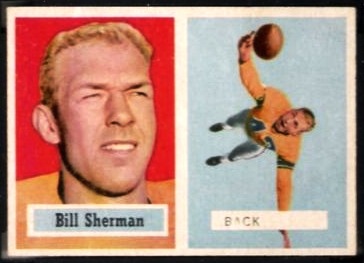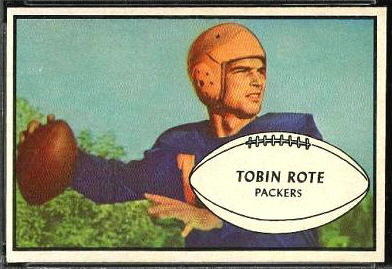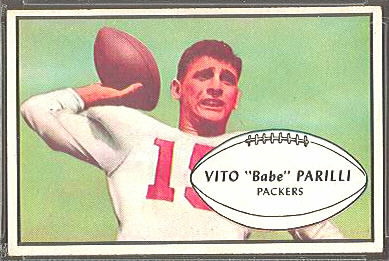If you are going to collect cards, you need to learn to grade them. To the untrained eye there is little difference between a mint card and a near mint card, but there can be a tremendous difference in value between the two. Some sellers, not surprisingly, tend to overgrade their cards, and you need to be able to judge a card’s grade for yourself to ensure that you’re getting what you’re paying for.
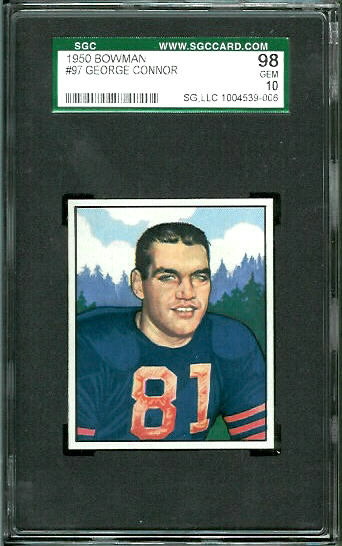 Third-party grading companies can help in this regard: for a fee they will assign a grade to a card and encapsulate it in plastic. If you buy a card that has been graded by one of the major companies–Beckett Vintage Grading (BVG), Sportscard Guarantee Company (SGC), or Professional Sports Authenticator (PSA)–you can be reasonably assured that the card is accurately graded, authentic, and unaltered. There are other grading companies, as well, but be cautious if you stray from the big three.
Third-party grading companies can help in this regard: for a fee they will assign a grade to a card and encapsulate it in plastic. If you buy a card that has been graded by one of the major companies–Beckett Vintage Grading (BVG), Sportscard Guarantee Company (SGC), or Professional Sports Authenticator (PSA)–you can be reasonably assured that the card is accurately graded, authentic, and unaltered. There are other grading companies, as well, but be cautious if you stray from the big three.
The first step in learning to grade is to read the standards. Each of the big grading companies has a published set of standards, and they are all similar. Each has its quirks, though. PSA uses “qualifiers” to note exceptional problems on cards, such as a mark on an otherwise high-grade card, instead of just giving the card a lower grade. SGC uses a 100-point scale, but they actually use only a few values on the scale (10, 20, 30, etc.), and they map their 100-point scale to the more standard 10-point scale. (Strangely, 98 maps to 10, but 100 doesn’t map to anything!) SGC and Beckett distinguish between Mint, Gem Mint, and Pristine, but I don’t believe a grader could ever consistently apply these various degrees of “mint.”
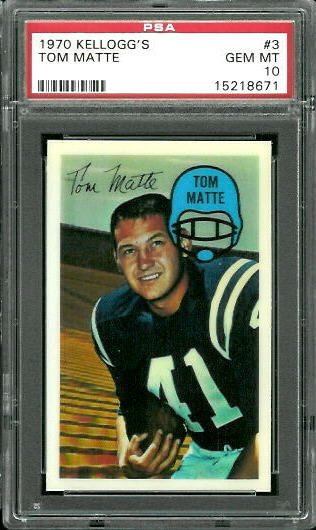 Note that in the grading standards, many of the flaws a card can have are introduced in production: poor centering, print lines, wax stains, and so on. To a collector, these problems are as serious as wear and tear. Beware of eBay auctions that proclaim that the cards are from “vending,” because even if the cards were taken directly from a pack, it is likely that they have some factory flaws. “Vending,” “nice,” “L@@K,” and “Wow!” are useless terms in auction titles: a good seller will attempt to grade the cards, and put the grade in the title instead.
Note that in the grading standards, many of the flaws a card can have are introduced in production: poor centering, print lines, wax stains, and so on. To a collector, these problems are as serious as wear and tear. Beware of eBay auctions that proclaim that the cards are from “vending,” because even if the cards were taken directly from a pack, it is likely that they have some factory flaws. “Vending,” “nice,” “L@@K,” and “Wow!” are useless terms in auction titles: a good seller will attempt to grade the cards, and put the grade in the title instead.
After you have gotten familiar with the grading standards, look at scans of graded cards online–on eBay, for example, or on my sales site–to see if you can tell why they are graded as they are. (This is easier to do with cards in lower grades. Cards in higher grades have smaller flaws, and the flaws are often hard to see in scans.) After looking at scans online, find some to examine in person: look at a friend’s, find some at a card show or dealer, or make some small purchases online. Start slow, to get the hang of it.
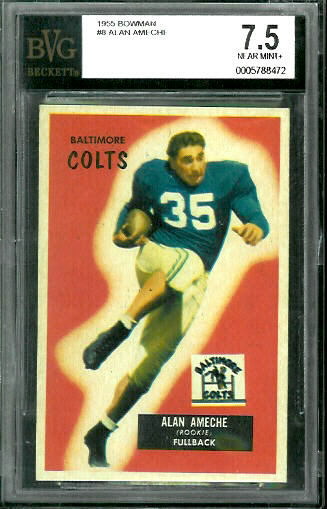 When looking at graded cards, you’ll find that the 1-to-10 grading scale is not linear. While you can probably tell a 2 from a 5 from across the room, you might need a magnifying glass to see the difference between a 7 and a 10. You will also find that sometimes a lower-grade card will look nicer than a higher-grade card. This could be because the grading company goofed–it happens–or, more likely, it could be because the grading standards don’t jibe with what your appeals to your eye. A card that is perfect except for a hairline crease on the back will most likely be graded a 5, while a card that is faded or out of focus could get an 8 or 9. A crease is a crease, but fading or poor focus is more of a judgment call, particularly if the grader doesn’t have similar cards to compare with the card he is grading.
When looking at graded cards, you’ll find that the 1-to-10 grading scale is not linear. While you can probably tell a 2 from a 5 from across the room, you might need a magnifying glass to see the difference between a 7 and a 10. You will also find that sometimes a lower-grade card will look nicer than a higher-grade card. This could be because the grading company goofed–it happens–or, more likely, it could be because the grading standards don’t jibe with what your appeals to your eye. A card that is perfect except for a hairline crease on the back will most likely be graded a 5, while a card that is faded or out of focus could get an 8 or 9. A crease is a crease, but fading or poor focus is more of a judgment call, particularly if the grader doesn’t have similar cards to compare with the card he is grading.
Because your tastes might differ from the standards, and because grading to the standards is somewhat subjective, you will sometimes hear the mantra “Buy the card, not the holder.” All this means is that you shouldn’t base your decision to buy a card solely on the grade a grading company has assigned to it. Make sure that the card also appeals to your eye, and that you think it’s worth the price you are paying for it.
So now you’re thinking, hmm, if there can be such a small difference between a 7 and a 10, and if lower-grade cards can actually look better than higher-grade cards, and if the card grading companies sometimes make mistakes, why is a PSA 10 worth so much more than a PSA 7? Well, that’s a good question. The answer: card collectors (and collectors in general, I’m guessing) are an extremely fussy bunch, we’re continually trying to upgrade our collections, and the grading companies are usually accurate in their grading. We’ll often pay dearly to get a card with four sharp corners, rather than one with a fuzzy corner or two. Some collectors also participate in set registries, where you can show off your collections and compete with other collectors for the highest-graded sets. PSA, SGC, and Beckett all have set registries, and the competition between collectors can touch off amazing bidding wars in auctions for cards that are scarce in high grades. For the grading companies, the set registries were a stroke of marketing genius.
To sum it up, yes, grading is somewhat subjective, but a card’s grade is nonetheless key to determining its value. If you plan to spend much money on cards, you should learn to grade so that you don’t have to rely on sellers’ opinions. For expensive or high-grade cards, third-party grading companies can offer assurance that the cards meet their grading standards. But consider your own tastes, too. Do you prefer good centering or sharp corners? Does a tiny crease bother you if the card is otherwise flawless? How important is the back to you? Collect the cards that appeal to you, but learn to grade so you can determine what to pay for them.
(More on pricing later. For now see my pricing page.)
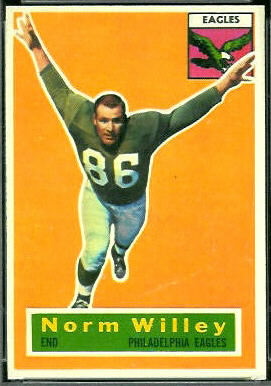 In 1956, Topps held a logo lookalike contest, and Norm Willey won it with this pose. No, not really, but he does look like he’s doing an eagle imitation, doesn’t he? I have always loved this card for the pose.
In 1956, Topps held a logo lookalike contest, and Norm Willey won it with this pose. No, not really, but he does look like he’s doing an eagle imitation, doesn’t he? I have always loved this card for the pose. Third-party grading companies can help in this regard: for a fee they will assign a grade to a card and encapsulate it in plastic. If you buy a card that has been graded by one of the major companies–
Third-party grading companies can help in this regard: for a fee they will assign a grade to a card and encapsulate it in plastic. If you buy a card that has been graded by one of the major companies– Note that in the grading standards, many of the flaws a card can have are introduced in production: poor centering, print lines, wax stains, and so on. To a collector, these problems are as serious as wear and tear. Beware of eBay auctions that proclaim that the cards are from “vending,” because even if the cards were taken directly from a pack, it is likely that they have some factory flaws. “Vending,” “nice,” “L@@K,” and “Wow!” are useless terms in auction titles: a good seller will attempt to grade the cards, and put the grade in the title instead.
Note that in the grading standards, many of the flaws a card can have are introduced in production: poor centering, print lines, wax stains, and so on. To a collector, these problems are as serious as wear and tear. Beware of eBay auctions that proclaim that the cards are from “vending,” because even if the cards were taken directly from a pack, it is likely that they have some factory flaws. “Vending,” “nice,” “L@@K,” and “Wow!” are useless terms in auction titles: a good seller will attempt to grade the cards, and put the grade in the title instead. When looking at graded cards, you’ll find that the 1-to-10 grading scale is not linear. While you can probably tell a 2 from a 5 from across the room, you might need a magnifying glass to see the difference between a 7 and a 10. You will also find that sometimes a lower-grade card will look nicer than a higher-grade card. This could be because the grading company goofed–it happens–or, more likely, it could be because the grading standards don’t jibe with what your appeals to your eye. A card that is perfect except for a hairline crease on the back will most likely be graded a 5, while a card that is faded or out of focus could get an 8 or 9. A crease is a crease, but fading or poor focus is more of a judgment call, particularly if the grader doesn’t have similar cards to compare with the card he is grading.
When looking at graded cards, you’ll find that the 1-to-10 grading scale is not linear. While you can probably tell a 2 from a 5 from across the room, you might need a magnifying glass to see the difference between a 7 and a 10. You will also find that sometimes a lower-grade card will look nicer than a higher-grade card. This could be because the grading company goofed–it happens–or, more likely, it could be because the grading standards don’t jibe with what your appeals to your eye. A card that is perfect except for a hairline crease on the back will most likely be graded a 5, while a card that is faded or out of focus could get an 8 or 9. A crease is a crease, but fading or poor focus is more of a judgment call, particularly if the grader doesn’t have similar cards to compare with the card he is grading.